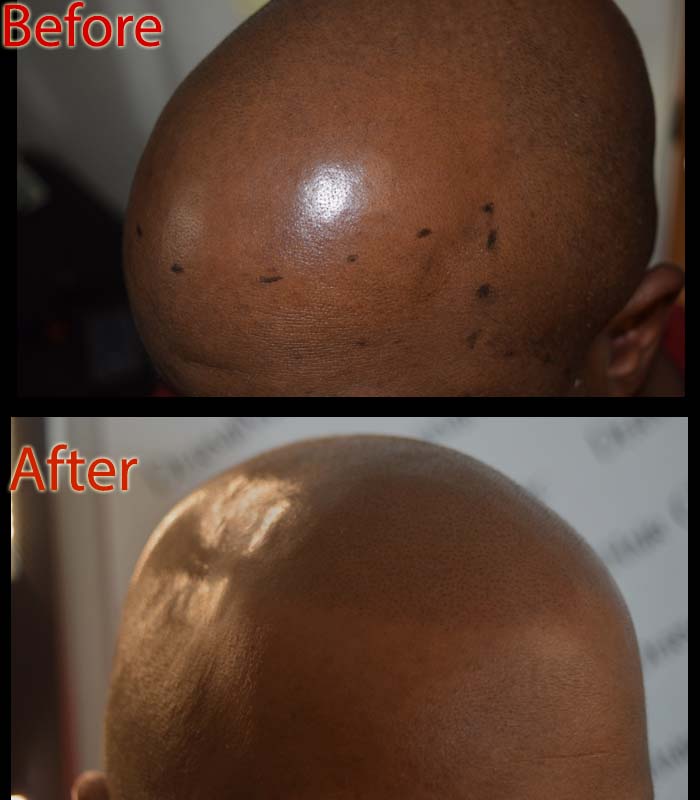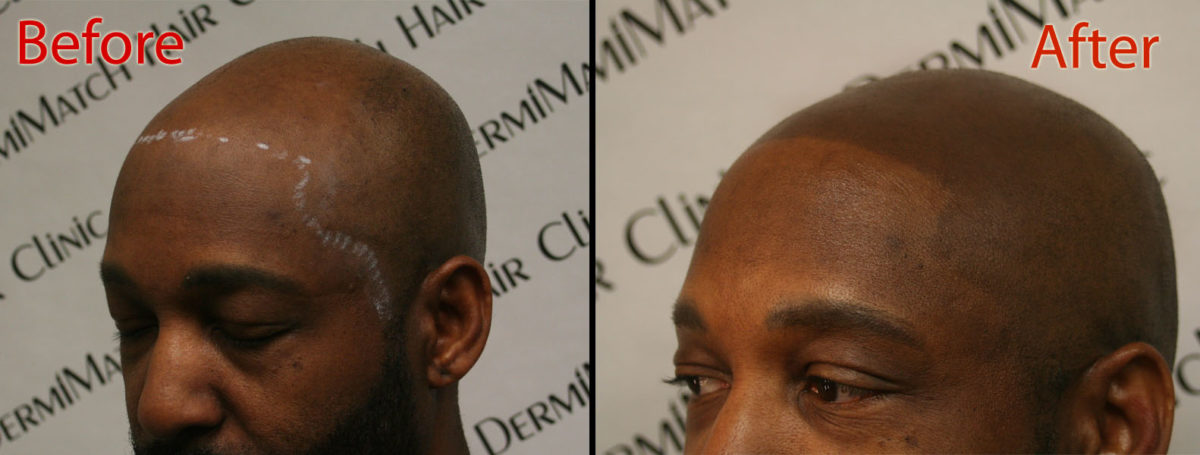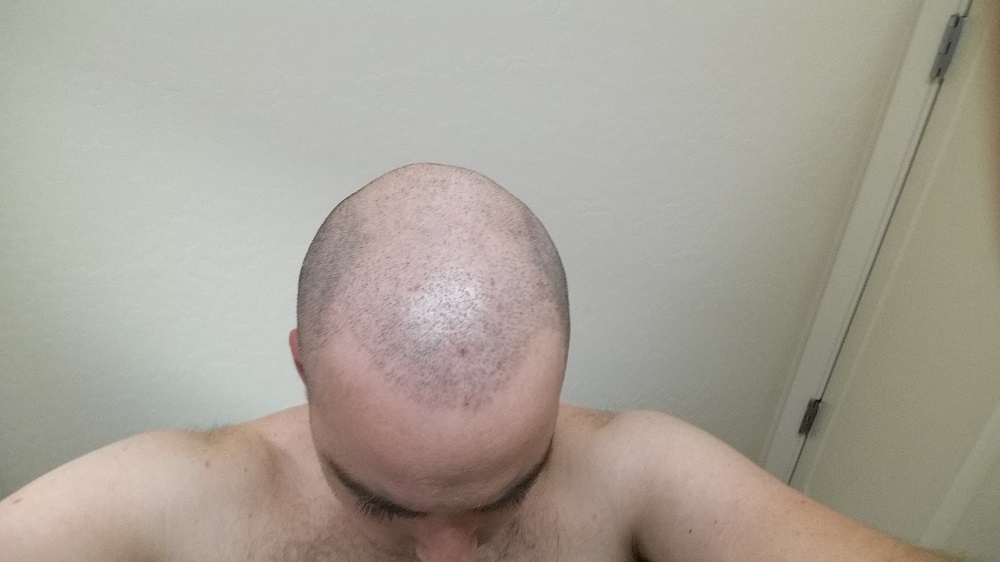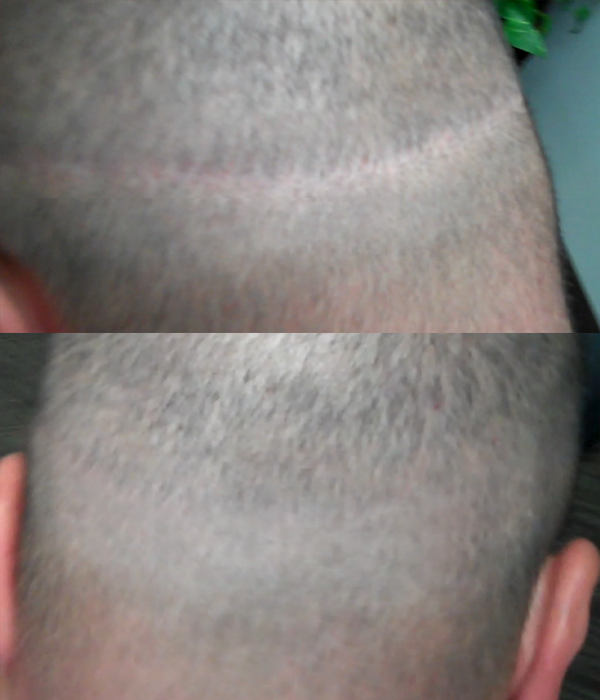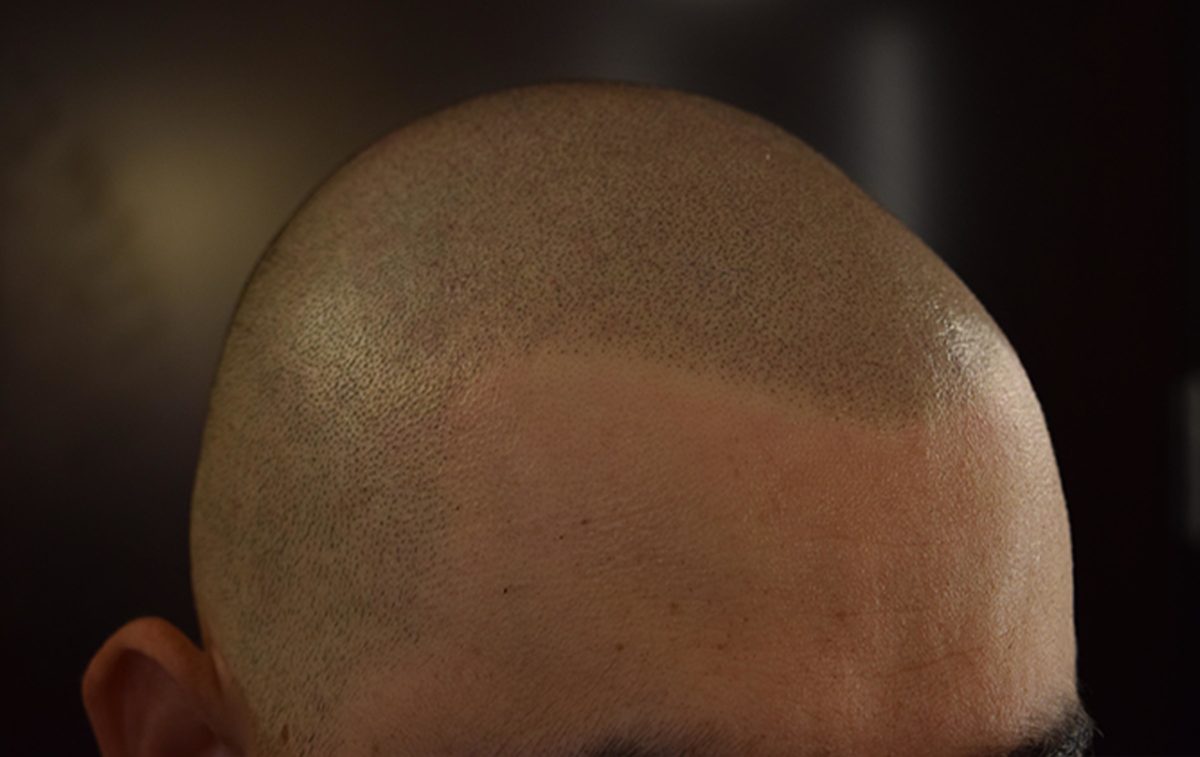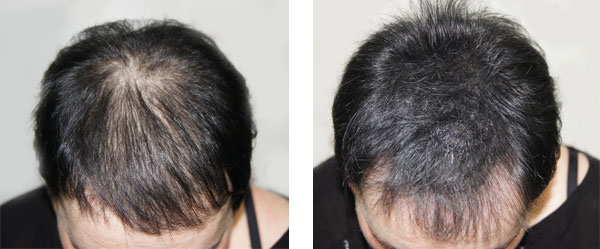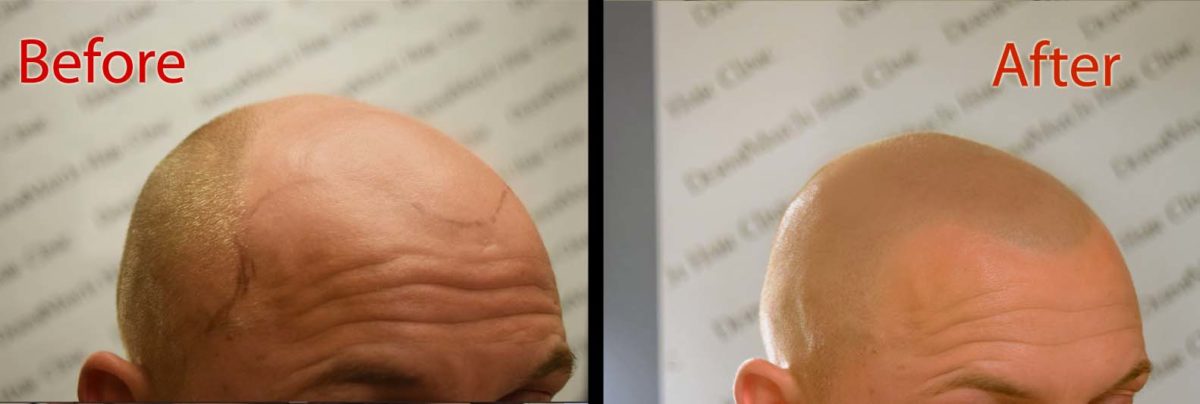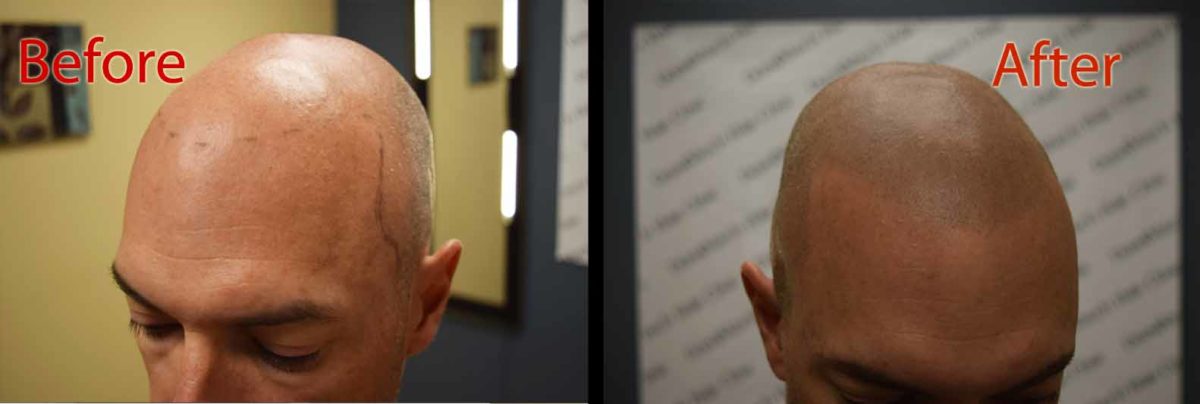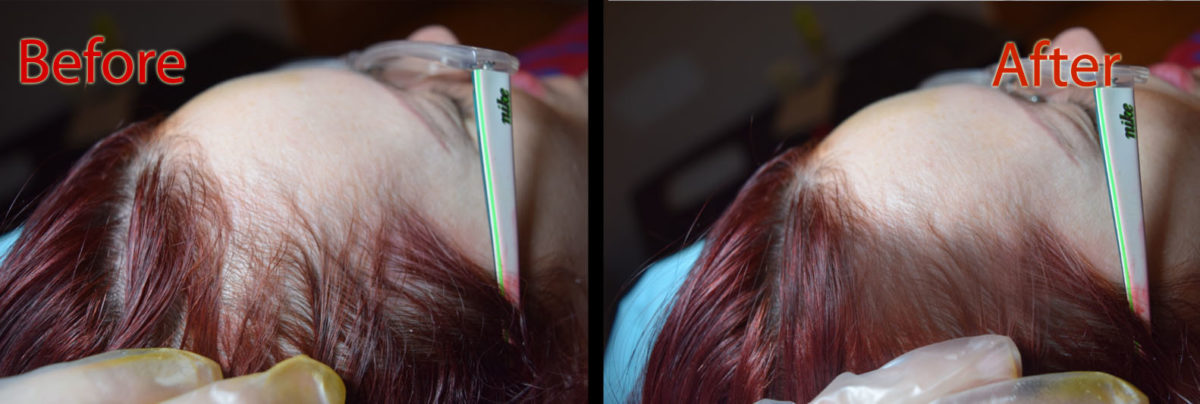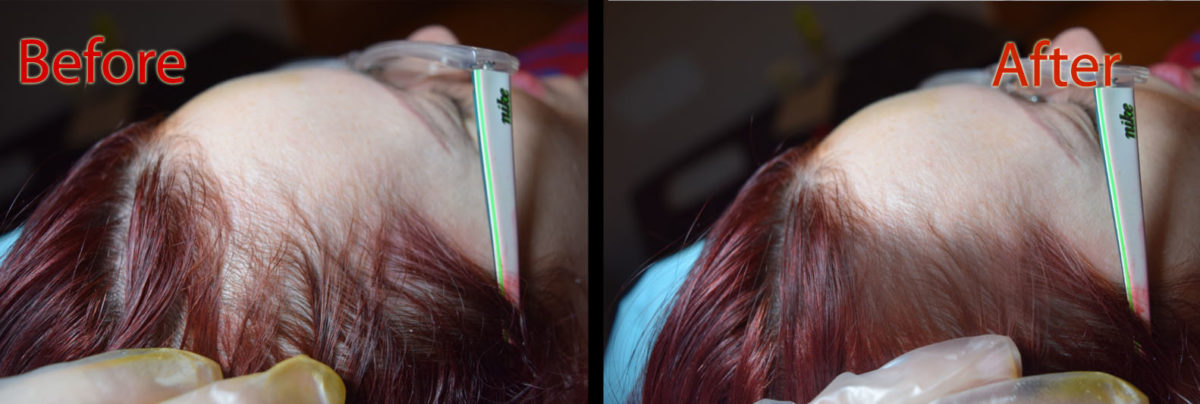It might seem unbelievable but there is a tooth infection-hair loss connection. Let’s see how an infection in your gums might trigger hair loss. A tooth infection might be linked to hair loss, especially in cases where hair shedding is induced by an autoimmune skin condition, known as alopecia areata. It is a condition in which normally healthy cells start attacking themselves. When the immune system starts to attack healthy follicles, circular patches of baldness are the result. It can affect facial hair and body hair while adversely affecting the scalp hair. Now how does that relate to a tooth infection? Let’s explore below.
Are Tooth Infection-Hair Loss Related?
When a tooth is infected, white blood cells travel to the affected area to fight the infection. However, in an autoimmune disease, white blood cells mistake healthy follicles as infected, which triggers an attack on the latter. As a result, the follicle is destroyed completely, causing pattern baldness, where the chances of hair regrowth are minimal. The condition might be reversed if treated on time.
Treatment And Hair Regrowth
Does tooth decay treatment stop hair loss?
Well, if tooth infection is treated in time, alopecia areata might reverse naturally. Hair regrowth might start if the condition is treated as soon as it is diagnosed. There are high chances of hair regrowth in that event.
On the other hand, if the infected tooth is ignored, there are negligible chances of hair regrowth. The goal is to treat tooth problems as soon as they begin. The longer you wait, the more the attack on hair follicles. This condition is more likely to result in full hair loss instead of hair growth. Since a majority of people treat their tooth infections lightly and wait until the condition becomes unbearable, hair loss due to the dental infection cannot be reversed. What is the solution for such conditions?
Trust Scalp Micropigmentation
If you suspect a hair loss-tooth infection connection, then it is critical to see a dentist at the earliest, who can prescribe antibiotics to prevent the infection. Sometimes a root canal may be required too. But if the condition worsens and it takes the form of pattern baldness, no hair restoration treatment works to induce hair growth.
However, it is here that you can trust scalp micropigmentation to hide the bald patches with tattoo ink, which is specially formulated for the scalp. Although SMP may not directly stimulate the growth of hair, it might be the only potent solution to cover those scalp flaws that affect your personality, self-esteem, and self-confidence. The best thing about the procedure is that it reduces the need for a hair transplant.
Scalp micropigmentation artists are skilled and experienced in adding texture and dimension to a bald scalp. Top scalp practitioners have experience working with clients suffering from pattern baldness. They can leverage their experience to create a hairline that can easily camouflage those bald patches. Look for only the best scalp artists in Arizona!
Find SMP expert help at DermiMatch.

